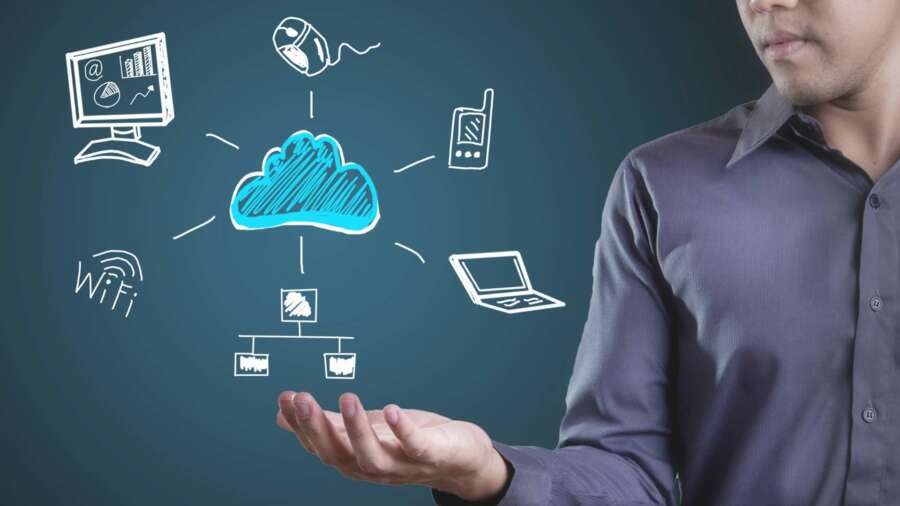
By Peter O’Halloran, Vice President, Global Digital Commerce, Fiserv
In 2021, digital innovation will continue to accelerate, allowing businesses to shift to new ways of operating and adapt to changing consumer behaviour and expectations. We will continue to see an increase in digital commerce and alternative payment methods, and more intertwined physical and digital experiences. Here are my five predictions for the year ahead.
1. Digital commerce will continue to riseThis year, businesses will be focused on ramping up existing avenues of growth and generating new ones, leaning into experiences and incorporating lessons learned during the pandemic. To stay ahead of the competition, drive sales, and continually engage with customers, we’ll see businesses send out special offers on a more regular basis, integrate loyalty and gift schemes, as well as offer additional value-added services, such as click-and-collect services that allow people to pick up online orders in store, free shipping and better options on returns.
2. Physical and digital environments will blend
A growing consideration for businesses is how to optimise and connect digital and physical experiences. There has been an exponential rise in click-and-collect services, virtual queuing and appointment systems. According to 2019 research from Barclaycard, a third of retailers (34%) saw in-store sales increase after offering click-and-collect services. And by digitalising certain parts of the customer experience, businesses from restaurants to salons can operate more safely in their physical locations. Apps that allow customers to order and pay for food in advance, or book time slots for in-person services, are some examples of how businesses will continue to connect the physical and digital environments as they navigate the current landscape.
3. Alternative payment methods will proliferate
Consumer payment habits have shifted significantly since the start of the pandemic. The recent Expectations & Experiences report from Fiserv found that a large number of consumers have increased their use of mobile payment apps and person-to-person (P2P) payments, and that they expect those changes to last. We will also likely see an increase in the adoption of proximity payments, such as mobile payments, NFC payments and QR codes.
In addition, the rise of digital payments could also accelerate the adoption of local or regional payment methods to better engage with customers. There are a number of methods that have emerged and already gained popularity, such as Klarna across Europe, Paytm in India and Brazil’s Boleto voucher system.

Peter O’Halloran
4. Commerce-enabled Internet of Things (IoT) will grow
As consumers continue to expect new payment forms and digital experiences, businesses will continue to adopt more innovative capabilities. There is a growing usage trend for IoT in commerce, such as smartphone-based or voice-enabled capabilities. From grocery, fashion to other day-to-day activities such as paying for petrol, IoT devices can enable businesses to harness customer data to gain further insight into their behaviour and provide personalised offers and services. The new year will see commerce-enabled IoT increase, as well as further digital innovations to help grow revenue streams and enhance customer experience.
5. Security will continue to be a priority
As more activity moves online, security is more vital than ever. 2020 saw a proliferation of COVID-19 related scams and fraud, such as phishing emails on relief funds or health information. These trends will likely continue, evolving to latch on to the concern of the moment, and we will see businesses, payment providers and financial institutions increasing their investment in the appropriate fraud solutions to protect both their organisation and customers.
Regulatory requirements will also continue to bolster security and fraud management. In Europe, regulations such as Strong Customer Authentication (SCA), which is part of the EU Revised Direction on Payment Services (PSD2), help ensure that payments are secured with multi-factor authentication, providing additional security and assurance for consumers.
6. A digitally-enabled future
Many businesses have successfully adapted to a new way of operating. As we go into the new year and continue to navigate the challenges posed by the pandemic, businesses will be able to rely on those learnings to adjust quickly to changes that come their way.


